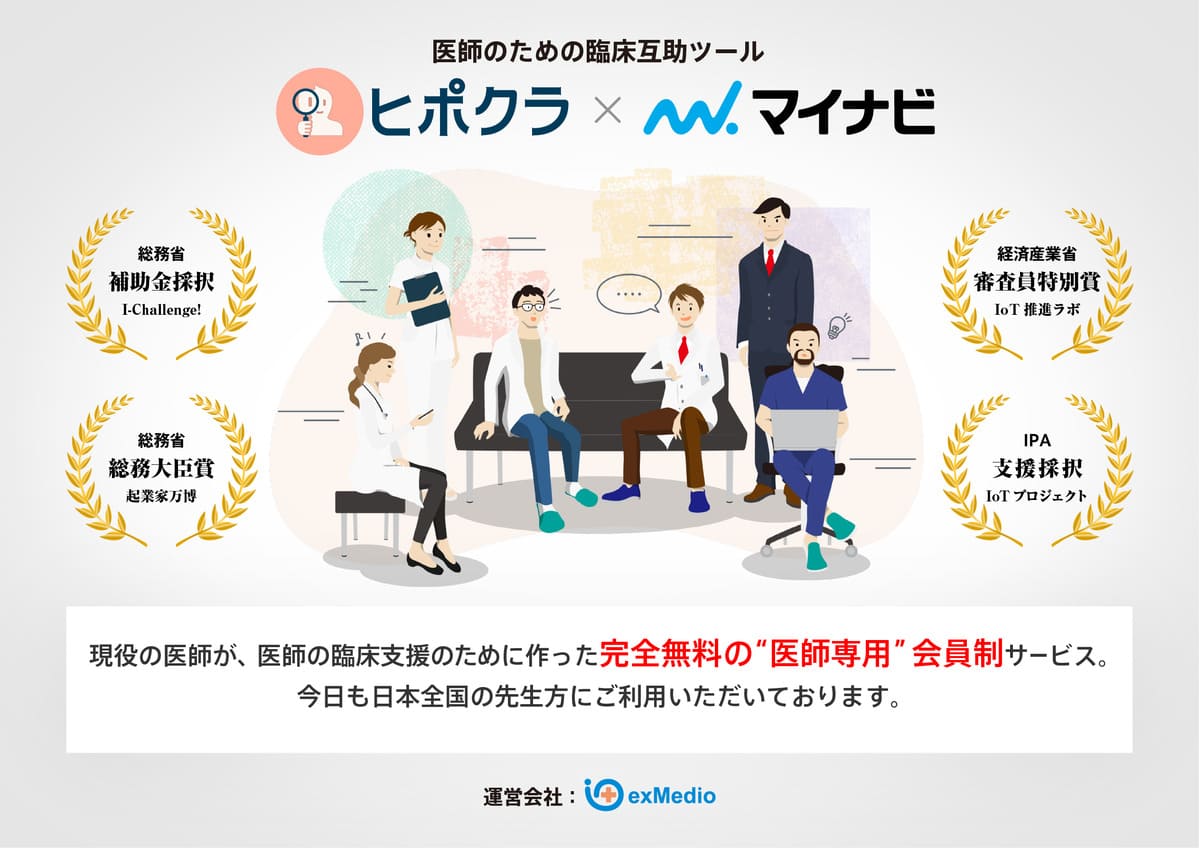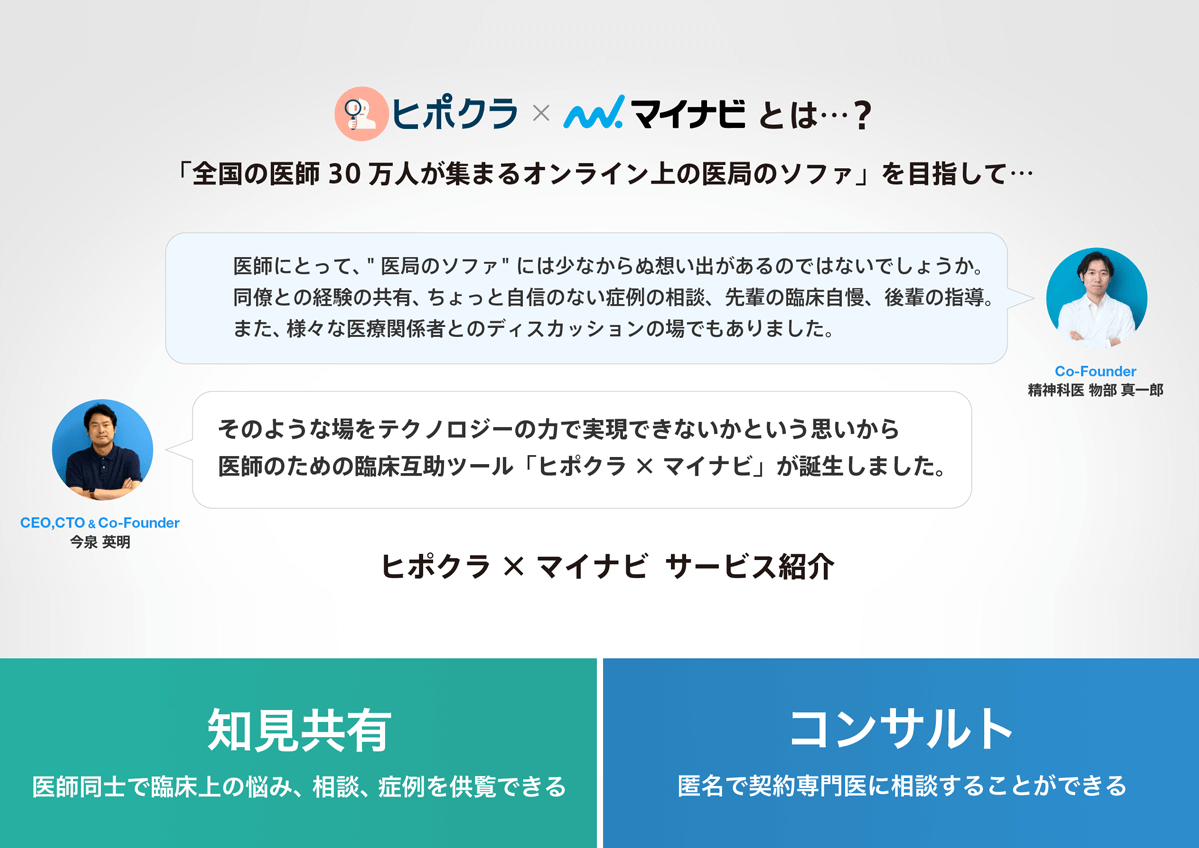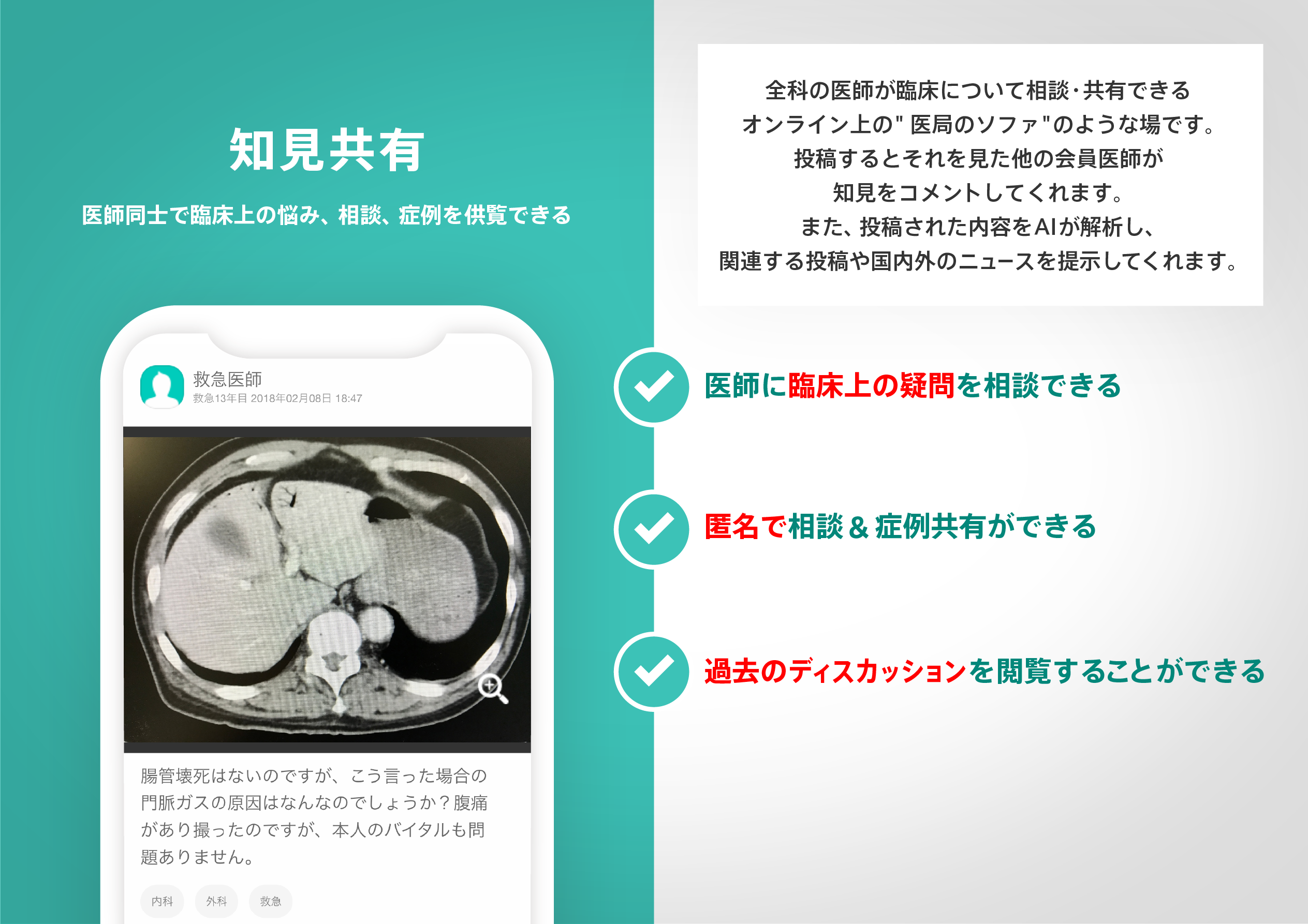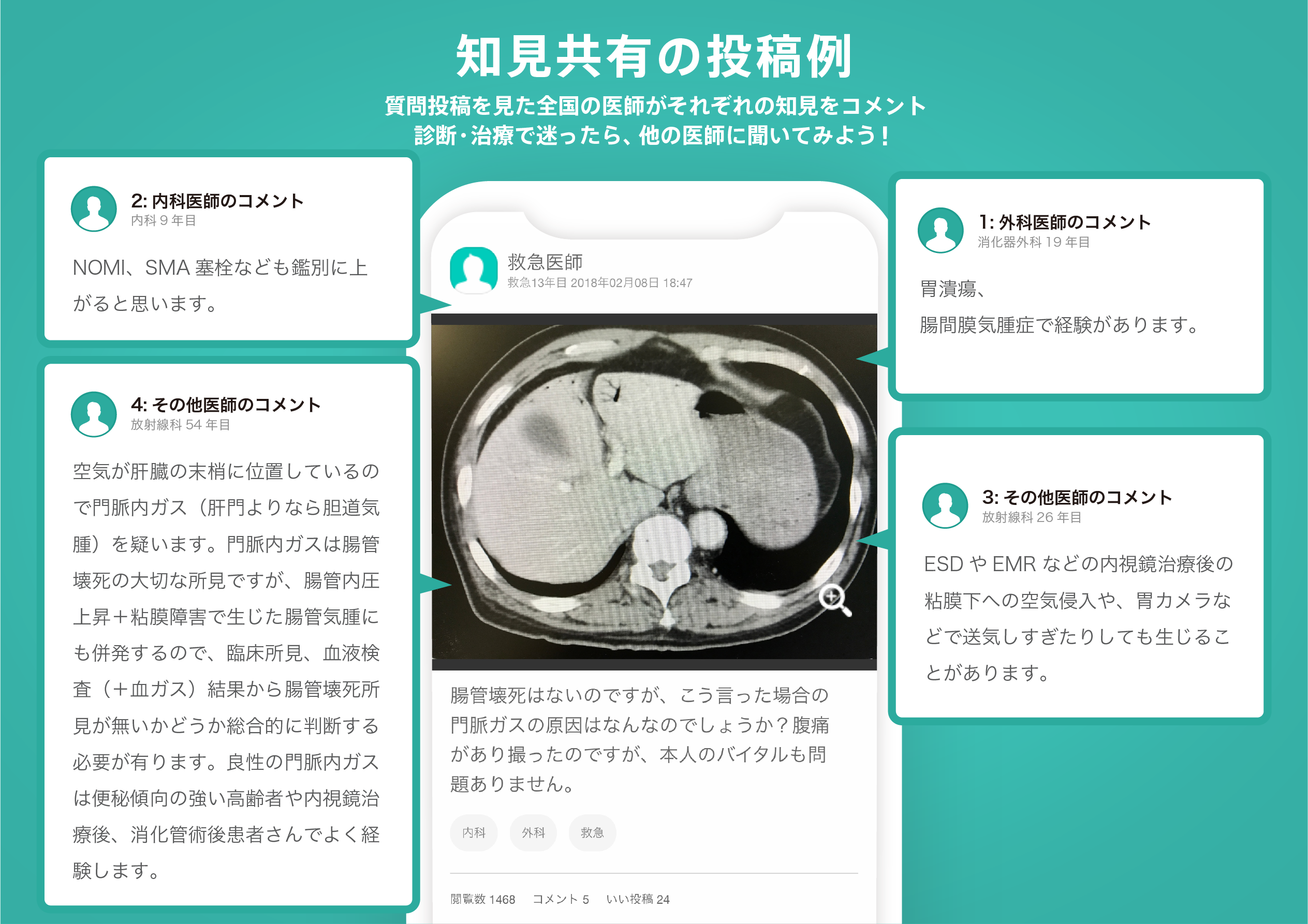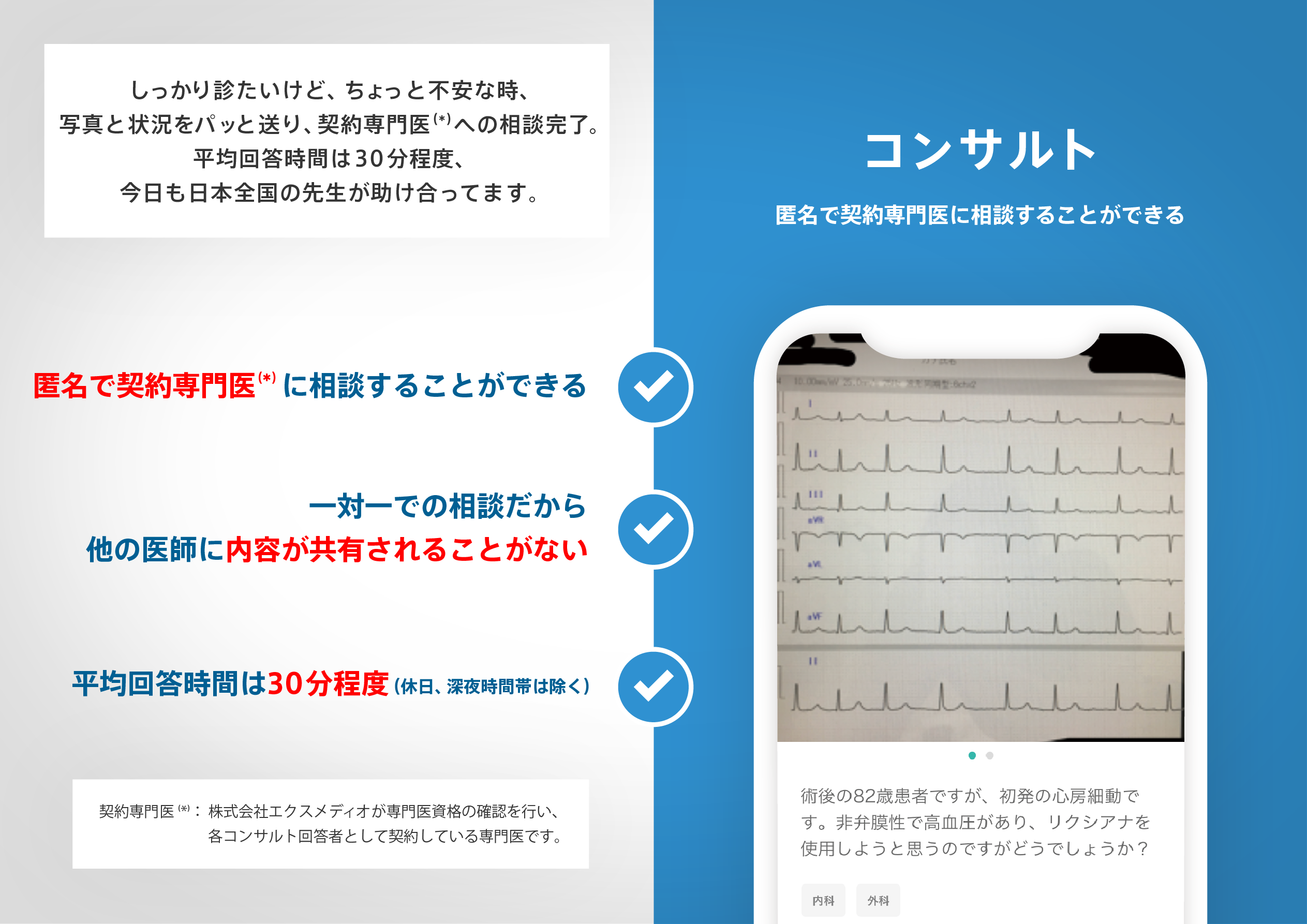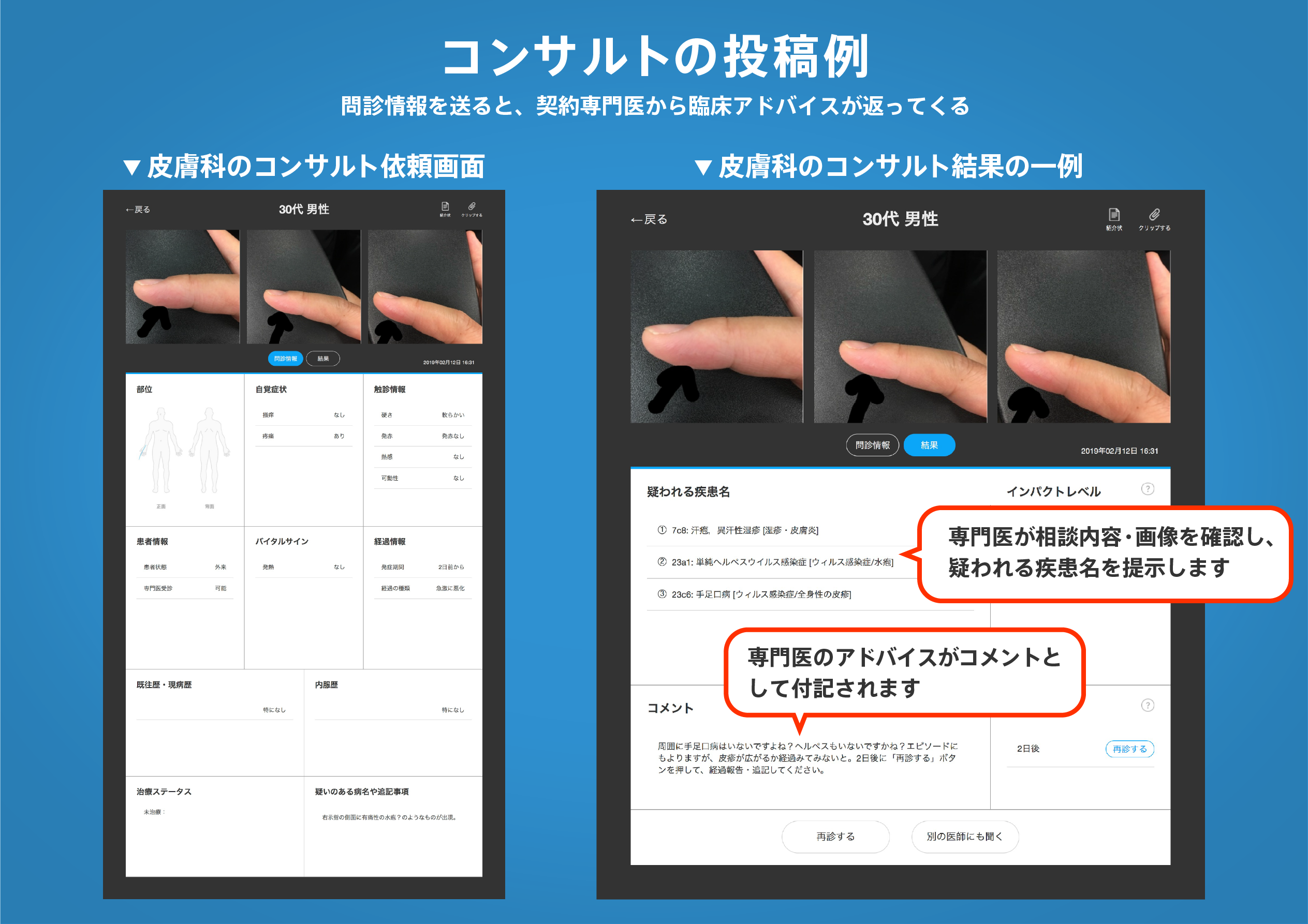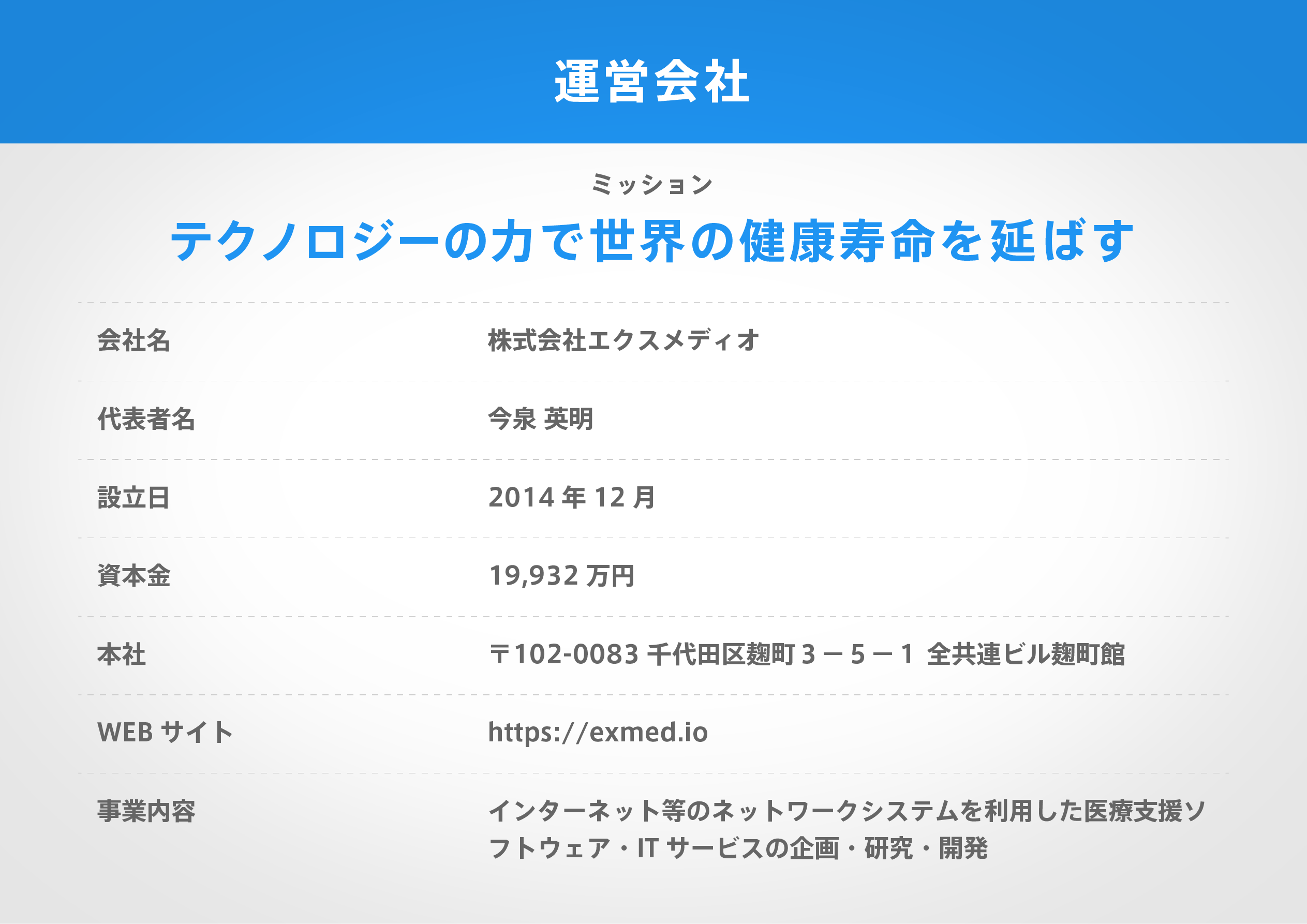著名医師による解説が無料で読めます
すると翻訳の精度が向上します
非動脈系前虚血性虚血性神経障害(NAION)は、50歳以上の成人の視神経腫脹と視神経障害の最も一般的な原因です。ナイオンに強く関連している危険因子には、高血圧、高コレステロール血症、糖尿病、心臓血管および脳血管疾患、閉塞性睡眠時無呼吸が含まれます。ナイオンの正確な病因は解明されていませんが、一般的な理論は、視神経を供給する短い後部毛様体動脈の低灌流によって引き起こされるということです。強膜運河の小さな開口部。これにより、隣接する軸索が関与するコンパートメント症候群につながります。隣接する軸索は、現在、軸中に視覚神経を含む神経節細胞のアポトーシスと死亡を引き起こします。ナイオンの自然史は虚血性視神経障害減圧試験で解明されました。これは、患者の約30%が2年のフォローアップで3回以上の視力を回復することを実証しました。患者のうち、視力は発症後も変化しません。現実には、急性イベントが解決した後、患者の大多数で視力は変化しません。また、数行を見ることができる人は、固定を改善することを学んだ可能性があります。
非動脈系前虚血性虚血性神経障害(NAION)は、50歳以上の成人の視神経腫脹と視神経障害の最も一般的な原因です。ナイオンに強く関連している危険因子には、高血圧、高コレステロール血症、糖尿病、心臓血管および脳血管疾患、閉塞性睡眠時無呼吸が含まれます。ナイオンの正確な病因は解明されていませんが、一般的な理論は、視神経を供給する短い後部毛様体動脈の低灌流によって引き起こされるということです。強膜運河の小さな開口部。これにより、隣接する軸索が関与するコンパートメント症候群につながります。隣接する軸索は、現在、軸中に視覚神経を含む神経節細胞のアポトーシスと死亡を引き起こします。ナイオンの自然史は虚血性視神経障害減圧試験で解明されました。これは、患者の約30%が2年のフォローアップで3回以上の視力を回復することを実証しました。患者のうち、視力は発症後も変化しません。現実には、急性イベントが解決した後、患者の大多数で視力は変化しません。また、数行を見ることができる人は、固定を改善することを学んだ可能性があります。
Non-arteritic anterior ischemic optic neuropathy (NAION) is the most common cause of optic nerve swelling and optic neuropathy in adults over 50 years of age. Risk factors that have been strongly associated with NAION include hypertension, hypercholesterolemia, diabetes mellitus, cardio- and cerebrovascular disease, and obstructive sleep apnea. While the exact pathogenesis of a NAION has not been elucidated, the prevailing theory is that it is caused by hypoperfusion of the short posterior ciliary arteries supplying the optic nerve, which then causes ischemia which induces swelling of the portion of the optic nerve traveling through the small opening in a scleral canal. This, in turn, leads to the compartment syndrome involving neighboring axons that are now compressed in a space limited by the small opening in the scleral canal, leading to apoptosis and death of the ganglion cells whose axons comprise the optic nerve. The natural history of NAION has been elucidated in Ischemic Optic Neuropathy Decompression Trial which demonstrated that about 30% of patients would regain 3 or more lines of vision at 2 years follow up, 20% will lose 3 or more lines of vision and in the majority of patients, the vision will remain unchanged after the onset. In reality, visual acuity will not change in the vast majority of patients after the acute event has resolved, and the ones who are able to see a few lines better likely learned to improve their fixation.
医師のための臨床サポートサービス
ヒポクラ x マイナビのご紹介
無料会員登録していただくと、さらに便利で効率的な検索が可能になります。
